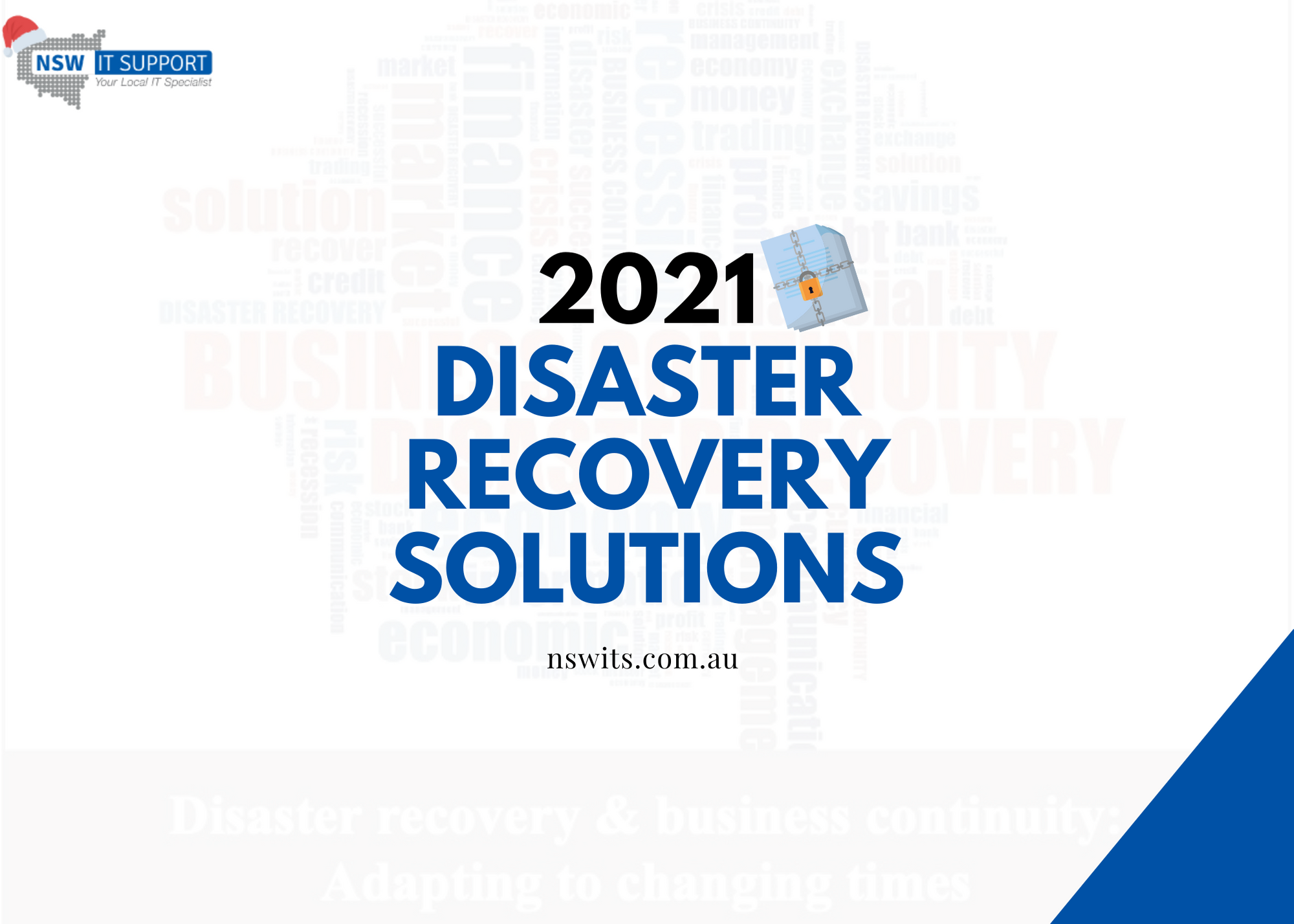On a recent disaster recovery solutions survey, nearly 79% of medium businesses and 87% of large companies had experienced one or more service failures in the last few years. More than 27% of companies had to bear losses due to service failure, while 31% of those tracked losses of more than $100,000.
The use of data is increasing enormously. The irrefutable growth on the information is putting and risking on the various businesses, organisations for retaining, structuring, and deriving the precious insight for gaining a competitive edge.
Further, the voluminous growth of transactions has created a storage tower of data due to which these data are stored on multiple applications and servers spread in different regions under high-security channels.
As a business owner, uncertainty cannot be predicted, but you can safeguard your business to reduce the possible damage. So, what are the next possibilities of disaster recovery solutions for 2024, also know the disaster recovery for cloud infrastructure, and its preparations to mitigate the disasters.
What is Disaster Recovery?
Moving on, let us identify what is a disaster. Well, it is an unpredicted incident that disturbs or busts your business’s IT workloads. In recent years, disaster recovery has increased rapidly and hit the company’s computing budgets; it’s accounting by 20-25%.
The sudden increase in budget determines the failure of a cloud provider’s hardware like the IT centerfire that disrupted its service to some Azure customers in 2017. The disaster since then has been assumed as a result of a cyberattack that makes the applications unavailable either through accidental deletion of information, files, or folders of the concerned authority.
With a disaster, no precise nature can be determined until it occurs. So, what can be done is good preparation. Hence, the application of a disaster recovery solutions plan will help you to revive actions quickly following the disaster. A few of the instances include hardware failure, causing data loss and downtime. According to dynamic technologies, hardware outages cause 45% of the total unexpected rest. Followed by the loss of power (35%), software failure (34%), data corruption (24%, external security breaches (23%), and accidental user error (20%).
What exactly is disaster recovery? It is a mighty process of resuming the operations following the disaster by regaining access to the hardware, software, networking equipment, connectivity, and power. However, if your facilities are destroyed or damaged, it also includes the extension of logical considerations such as finding an alternate workplace or remote working areas.
Therefore, disaster recovery response must follow a proper disaster recovery plan- a documented process developed specifically to the organisation to response the disaster at the shortest possible period.
What Is Cloud BCDR?
A cloud disaster recovery service is one of the best flexibility and speedy recovery plans that create a practice of using a public cloud like AWS, Azure, or Google Cloud Platform to store data, applications, and other resources.
When a disaster occurs, the information and data that were sorted or backed up on the public cloud or cloud disaster recovery plan can be recovered and restored to their original locations, whether those locations are on-premise infrastructure or the cloud.
- In another way, we define it as the actor behind the scenes working vehemently for the recovery process. This plan includes three of them, Backup as a Service (BaaS)
- Disaster Recovery as a service (DRaaS)
- Recovery as a Service (RaaS)
If you choose to use BaaS, the service providers provide facilities for Backup and restoring the contracted data. In contrast, RaaS is an addition of BaaS, where applications also get fixed from the cloud in addition to the provided information in BaaS.
DRaaS is far more extensive than RaaS and BaaS as it includes cloud-based failover, as well as backup and recovery services. DRaaS adoption is essential for every organisation that requires 100% availability of their confidential, huge applications and data.
How does the recovery plan operate as a package?
Cloud solutions mirror the entire infrastructure in fail-safe mode on virtual servers, including compute, storage, and networking functions. A corporation can still run the application as one can operate them from the cloud or hybrid cloud environment rather than from the disaster-encountered servers. Recovery time after a disaster is often much faster, or maybe instantaneous. Once the physical servers are recovered or replaced, the processing and data are migrated.
Customers may sense higher instability when their applications are running from the cloud rather than from an on-site server. Still, the entire business cost of downtime is very high, so it’s an imperative plan that the business can frame to keep its business running.
The cloud disaster recovery plan is based on third-party facilities and services. Nearly 93% of enterprises without Disaster Recovery bear significant data loss and move out of the business within a year. Organisations may secure their place with cloud solutions through a standard subscription model or a pay-per-use model that allows organisations to pay only for service usage.
These cloud providers are consistent with the business’s unique needs and budget. Hence, corporates can save nearly 20% of their finance by eliminating the necessity of provisioning and maintaining an organisation’s server for disaster recovery.
However, it essential for the organisation to evaluate and understand service level agreements.
How to frame a Cloud-Based Disaster Recovery Plan?
Well, it is no miracle. RO should back up a disaster recovery solutions plan. Therefore, while preparing a BC/DR plan, one must either take help from the cloud consultant or outsource the service to the cloud solutions provider.
As a rule, an efficient cloud-based DR plan should include the following steps:
- Perform an in-depth risk assessment and business impact analysis.
- Select the prevention, alertness, responsibility, and recovery measures.
- Analyse and optimise your cloud disaster recovery strategy.
How does disaster recovery planning work in cloud infrastructure?
Creating, testing, and updating a recovery plan can fix your organisation for any unexpected disaster by ensuring the safety and continuity of your business. An excellent DR plan should take under consideration of your infrastructure, potential threats and vulnerabilities, most crucial assets alongside the order of their recovery, and workable DR strategies. The combination of cloud computing services in disaster recovery allows you to design a plan that automates each step of the recovery process.
The following are the advantages of BC/DR service when taken from a reliable disaster recovery service provider in Australia. Disaster recovery as a service includes several capabilities. These include,
- Reliability, flexibility, and high performance
- Effective addressing of mobility and portability challenges
- Consumption of much fewer operational resources
- Rapid and immediate recovery of knowledge in the event of a disaster
- Rapid restoration back up to normal operations
- Major savings in terms of software licenses and hardware
The specific approach that you take when designing cloud-based disaster recovery architecture will depend upon your needs and budget. If your databases and infrastructure configurations are relatively constant and your RTO demands are not too great, then an easy cloud backup and recovery strategy might work. If you are not sure of the BC/DR planning, or if you are new to the concept, you can always take consulting service from NSW IT Support!










